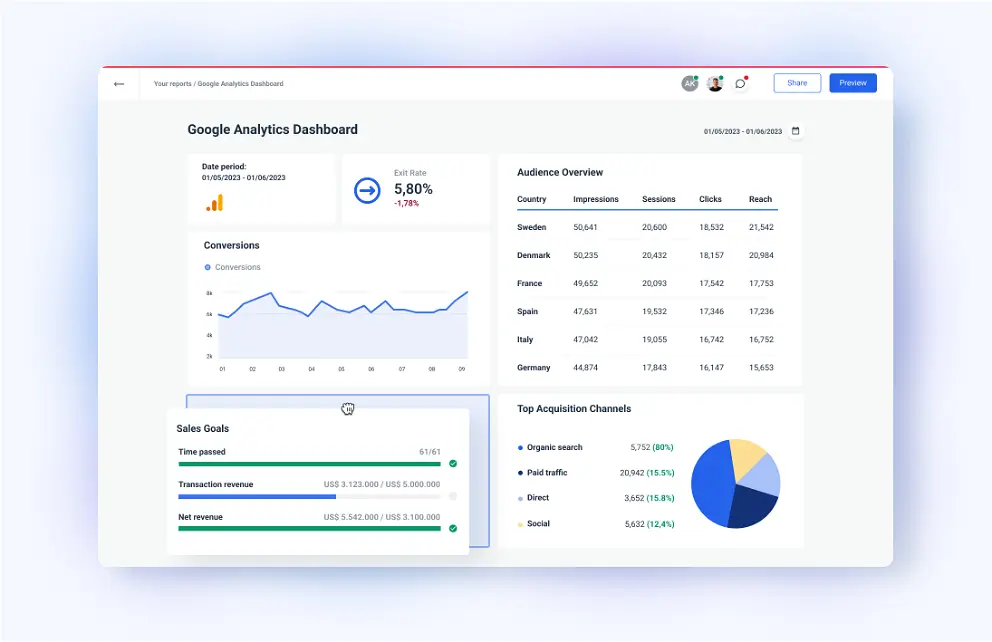As we step into 2025, web development is undergoing a rapid transformation fueled by technological innovation and evolving user expectations. Keeping pace with emerging trends is crucial for developers seeking to enhance functionality, security, and user engagement in an increasingly competitive digital landscape.
Key Trends Defining Web Development in 2025
- AI’s Expanding Role in Web Development
Artificial Intelligence (AI) is set to continue its profound impact on web development, automating coding tasks, enhancing user experiences, and optimizing performance. Tools like GitHub Copilot and Tabnine streamline development workflows, while AI-driven personalization, such as WordLift’s content recommendations, elevates engagement. AI integration with edge computing and CDNs further improves site speed and responsiveness, making AI a cornerstone of modern web development. - Low-Code/No-Code Platforms for Faster Deployment
The rise of low-code/no-code (LC/NC) solutions is accelerating time-to-market by enabling non-technical users to build and customize digital applications with ease. Platforms like Bubble and OutSystems simplify development, while WordPress tools such as Advanced Custom Fields and Site Editor empower creators to design without extensive coding knowledge. These solutions complement traditional development, balancing efficiency with scalability. - Evolution of Programming Languages
The programming ecosystem is shifting, with newer languages like Rust, Go, and Kotlin gaining traction alongside established giants like Python and JavaScript. Rust’s memory safety, Go’s efficiency in cloud environments, and Kotlin’s Java interoperability offer new possibilities for performance optimization. Developers leveraging these languages will stay ahead in adapting to modern software demands. - Growth of Headless CMS Architectures
Headless CMS solutions are reshaping web development by decoupling content management from front-end presentation. WordPress developers can leverage the REST API or GraphQL to integrate with frameworks like React and Next.js, enabling faster, more flexible digital experiences across multiple platforms. - Stricter Data Privacy Regulations
Regulatory scrutiny around data privacy is intensifying, with expanding laws like the Digital Markets Act (DMA) and U.S. state-specific regulations. Developers must prioritize compliance by integrating robust encryption, cookie consent mechanisms, and privacy-first approaches to data collection and storage, ensuring trust and adherence to legal requirements. - The Rise of DevSecOps for Cybersecurity
Security is becoming a fundamental aspect of web development, with DevSecOps embedding protection measures throughout the development lifecycle. Automated security tools, real-time monitoring, and Infrastructure-as-Code (IaC) security practices help mitigate risks and enhance application resilience. Organizations adopting DevSecOps strategies will be better equipped to counter cyber threats in 2025. - Decentralized Web Technologies Going Mainstream
Blockchain, peer-to-peer networks, and decentralized identity systems are gaining momentum, offering enhanced security and control over digital interactions. WordPress users can integrate decentralized authentication solutions and storage protocols like IPFS to improve data privacy and accessibility. These technologies are paving the way for a more user-controlled web ecosystem. - Core Web Vitals as a Performance Benchmark
Web performance optimization is a top priority, with Google’s Core Web Vitals (LCP, INP, CLS) becoming key indicators of user experience and SEO rankings. Developers will focus on image optimization, lazy loading, and server-side rendering to ensure fast load times. The adoption of CDNs and edge computing will further enhance responsiveness and scalability.
Preparing for the Future of Web Development
The web development landscape in 2025 will be defined by AI-driven automation, enhanced security frameworks, and a growing emphasis on decentralized technologies. Developers who embrace these innovations will be well-positioned to create fast, secure, and scalable digital experiences that meet the evolving expectations of users and businesses alike.




